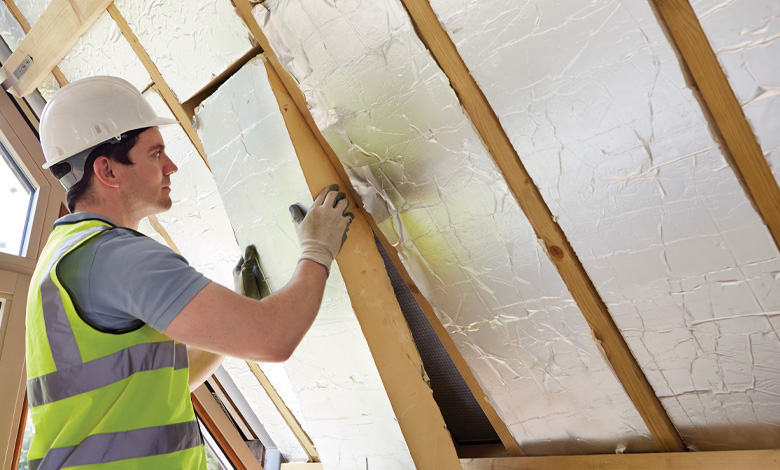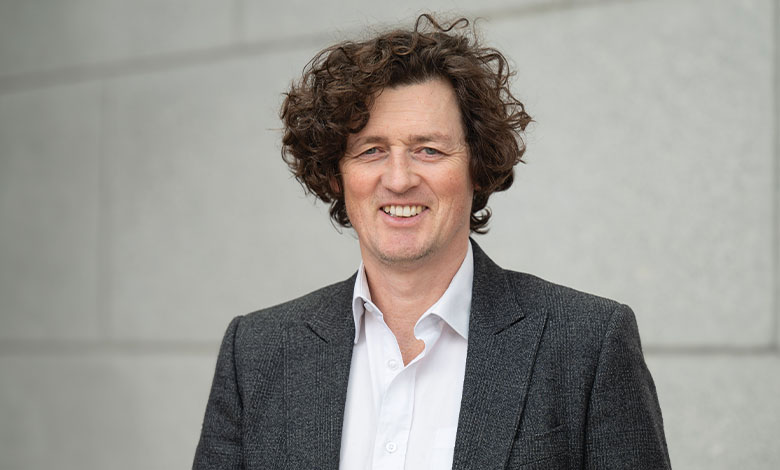The HSE’s retrofitting journey

Vincent Brennan, estates manager, HSE Capital and Estates’ Deep Retrofit Programme, outlines the progress being made with the programme and how other public and private sector organisations can learn from the HSE’s journey.
 The HSE estate is comprised of over 4,500 properties located on around 2,500 different sites throughout the State.
The HSE estate is comprised of over 4,500 properties located on around 2,500 different sites throughout the State.
A chartered engineer with 25 years’ experience working across the public and private sectors, Brennan has spent 11 years managing capital project delivery for the HSE, and over the last 12 months has been focused on his work as part of the climate action team.
Currently, the HSE’s deep retrofit programme is undertaking a series of 10 pathfinder projects, the lessons from this will inform the wider suite of measures to be adopted by the HSE, with Brennan mooting district heating and geothermal as potential ways for the HSE to share the benefits of this costly exercise with other organisations.
Deep retrofit pathfinder
Currently, the deep retrofit aspect of the HSE’s plan is in early stages, with a pilot pathfinder programme currently underway to ascertain the best methods to bring the scale of change needed for the HSE.
Brennan outlines that there are 10 sites which encompass four acute hospitals, four long-term residential facilities, one primary care facility, and one office. He explains that the results which arise from these pathfinder projects will inform how the HSE approaches the changes needed in at least 100 large scale sites that will be the initial areas of focus on the HSE’s deep retrofit project.
Reflecting on the early stage lessons from these projects, Brennan says: “We see a lot of common themes in our buildings; we see a lot of our buildings from the 1940s vintage, and they are still in use today.
“I have continually reflected on what prompted building programmes from that time. At the time, there was not much money in the State, but what we can see from our ability to build back then is that there is always a way of making things happen. We still need to figure out what our equivalent building programme will be to enable us to do a deep retrofit, but with these things, where there is a will there is a way.”
Maximising energy efficiency
Brennan outlines the seven action areas of the HSE’s deep retrofit plan, explaining that he is currently focused on three of the action areas. Action area three, maximising energy efficiency, is listed as a priority which Brennan says the HSE is currently focused on.
“We have set up energy teams in place which has allowed us to have started the retrofit programmes. To date, there has been a fairly reasonable return on that; there has been approximately €30 million invested in the Shannon retrofit project and there around 500 projects in total have been completed and we have seen reasonable returns on that.”
Whilst Brennan is satisfied with the returns seen on the investments outlined, he nonetheless believes that wide-scale measures based on what has been tried and tested thus far will “only get us so far in reaching our 2030 targets”.
“The only way we will meet our 2030 Climate Action Plan target is with a deep retrofit. We are looking at making our energy efficiency approach more integrated rather than the architect coming in on the design and providing a box of tricks which work for the building.
“We are trying to define our vision from an early stage, what we want to achieve from the building and the energy performance, we must be looking at the fabric first approach to achieving that including the building aspect where possible, and then building an environmental model for the building that we can define,” he says.
“We can then see how the fabric and windows and ventilation can work, all the key aspects for a building that will make it an A-rated building in practice rather than one which works on paper but not in practice. That is key to us, we have set up our own energy efficiency design in line with the IS399 standard.”
Concluding, Brennan admits that the challenge is vast, but that there is a much better understanding of sourcing the necessary finances and that the pathfinder projects will ultimately save money on the deep retrofit project.
“I am very positive about what I am seeing in the HSE. There is an overarching plan there to be part of this and lead out on climate action works which are badly needed. That will give us the tools and expertise to then get on with the projects and realise their potentially vast benefits.”





